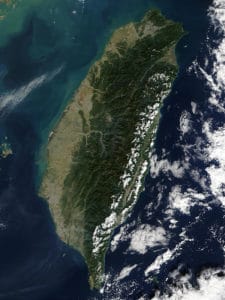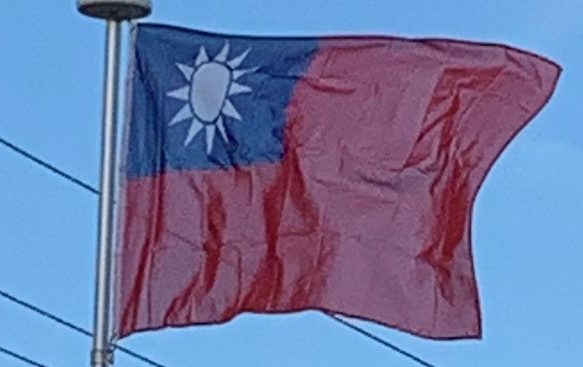The KMT increased its majority in the Legislative Yuan in the January 2008 legislative elections, while its nominee Ma Ying-jeou went on to win the presidency in March of the same year, campaigning on a platform of increased economic growth and better ties with the PRC under a policy of “mutual nondenial“. Ma took office on 20 May 2008, the same day that President Chen Shui-bian stepped down and was notified by prosecutors of possible corruption charges. Part of the rationale for campaigning for closer economic ties with the PRC stems from the strong economic growth China attained since joining the World Trade Organization. However, some analysts said that despite the election of Ma Ying-jeou, the diplomatic and military tensions with the PRC had not been reduced.

In 2016, Tsai Ing-wen of the Democratic Progressive Party (DPP) became President of Taiwan. President Tsai called upon the international community to help Taiwan to preserve its democracy despite the threatening language used against Taiwan by Xi Jinping, General Secretary of the Communist Party of China (PRC paramount leader). President Tsai called upon the PRC to democratize, respect human rights, and renounce the use of military force against Taiwan.
On 24 May 2017, the Constitutional Court ruled that then-current marriage laws had been violating the Constitution by denying Taiwanese same-sex couples the right to marry. The Court ruled that if the Legislative Yuan did not pass adequate amendments to Taiwanese marriage laws within two years, same-sex marriages would automatically become lawful in Taiwan. On 17 May 2019, Taiwan’s parliament approved a bill legalizing same-sex marriage, making it the first in Asia to do so.
Geography:
Taiwan is an island state in East Asia. The main island, known historically as Formosa, makes up 99% of the area controlled by the ROC, measuring 35,808 square kilometers (13,826 sq mi) and lying some 180 kilometers (112 mi) across the Taiwan Strait from the southeastern coast of mainland China. The East China Sea lies to its north, the Philippine Sea to its east, the Luzon Strait directly to its south and the South China Sea to its southwest. Smaller islands include a number in the Taiwan Strait including the Penghu archipelago, the Kinmen and Matsu Islands near the Chinese coast, and some of the South China Sea Islands.

The main island is a tilted fault block, characterized by the contrast between the eastern two-thirds, consisting mostly of five rugged mountain ranges parallel to the east coast, and the flat to gently rolling plains of the western third, where the majority of Taiwan’s population reside. There are several peaks over 3,500 m, the highest being Yu Shan at 3,952 m (12,966 ft), making Taiwan the world’s fourth-highest island. The tectonic boundary that formed these ranges is still active, and the island experiences many earthquakes, a few of them highly destructive. There are also many active submarine volcanoes in the Taiwan Straits.
The eastern mountains are heavily forested and home to a diverse range of wildlife, while land use in the western and northern lowlands is intensive.
Economy:
The quick industrialization and rapid growth of Taiwan during the latter half of the 20th century has been called the “Taiwan Miracle“. Taiwan is one of the “Four Asian Tigers” alongside Hong Kong, South Korea and Singapore.
